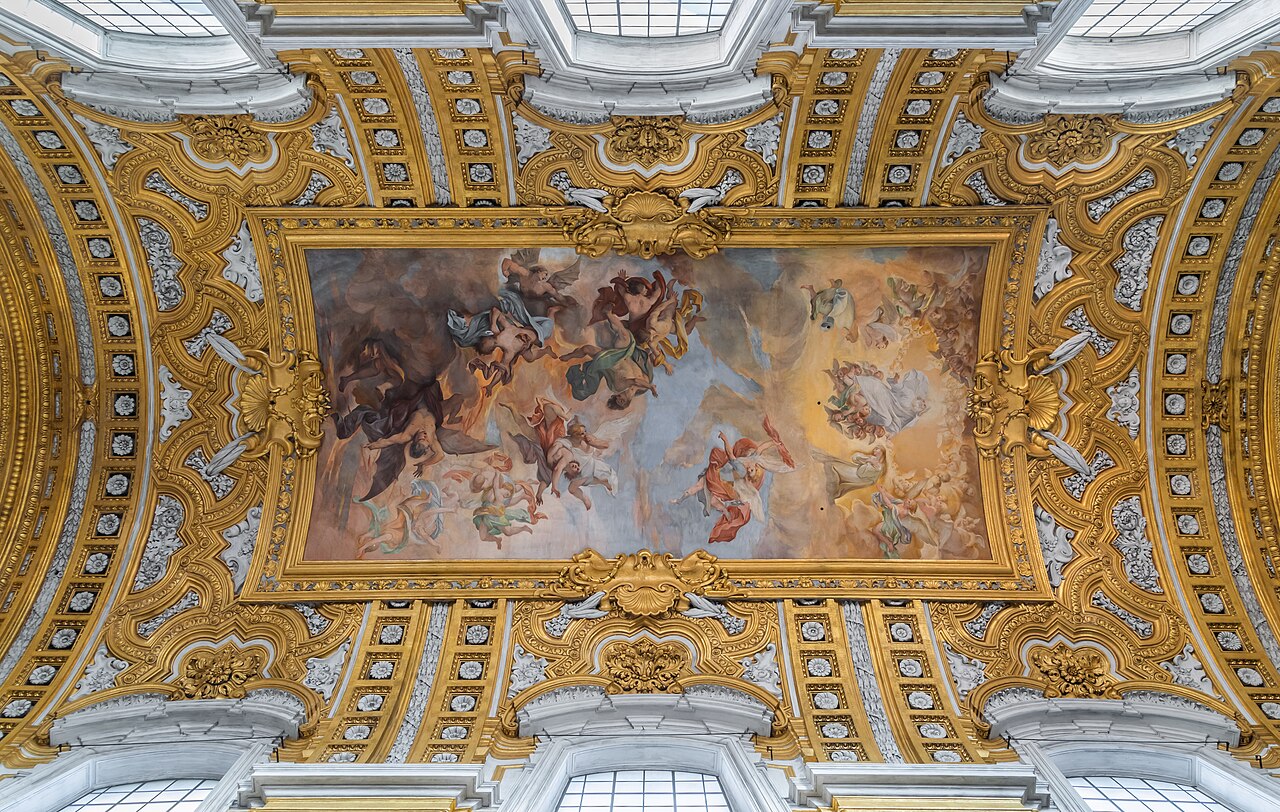


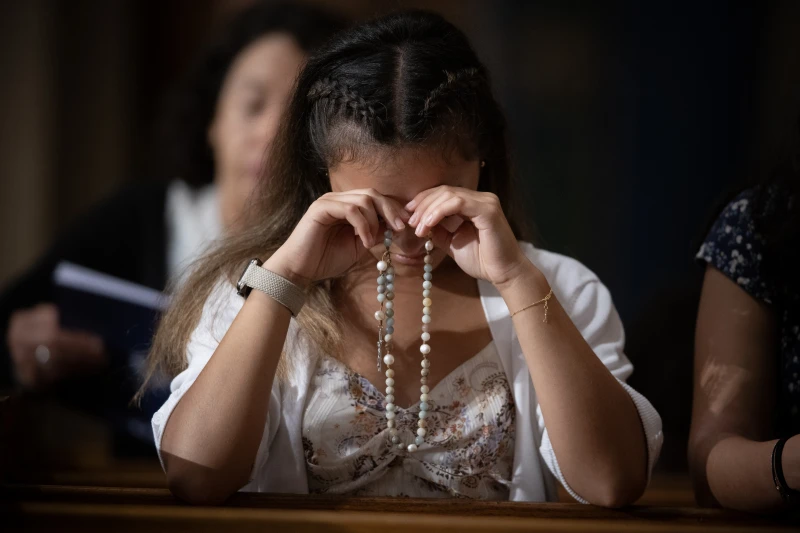

Washington, D.C. Newsroom, Oct 7, 2025 / 04:00 am (CNA).
October is designated by the Catholic Church as the Month of the Rosary, and Oct. 7 is the feast of Our Lady of the Rosary.
Here are seven common myths and facts about this devotion to Our Lady:
False. While rosaries are typically associated with Catholics, non-Catholics can certainly pray the rosary — and in fact, many credit it to their conversion. Even some Protestants recognize the rosary as a valid form of prayer.
False. Some have objections to the rosary, claiming it idolizes Mary and is overly repetitive.
Just like any practice, the rosary can be abused — just as someone might idolize a particular pastor or priest, a form of worship, or fasting. But the rosary itself is not a form of idolatry.
The rosary is not a prayer to Mary — it is a meditation on the life of Christ revealed in five mysteries “with the purposes of drawing the person praying deeper into reflecting on Christ’s joys, sacrifices, sufferings, and the glorious miracles of his life.”
When we pray the Hail Mary, we are not adoring Mary, we are asking for her intercession — just as we might ask a friend or family member to pray for us.
Second, any prayer can lose its meaning if we do not intentionally meditate on it. Focusing on the mysteries with purpose and intention is key to the rosary’s transforming power. As one author encourages: “The rosary itself stays the same, but we do not.”
It depends. It is typically considered disrespectful and irreverent to wear a rosary around one’s neck as jewelry, even though the Church does not have an explicit declaration against doing so.
However, Canon 1171 of the Code of Canon Law says that “sacred objects, set aside for divine worship by dedication or blessing, are to be treated with reverence. They are not to be made over to secular or inappropriate use, even though they may belong to private persons.”
It is important to treat the rosary with respect and intention. If you intend to wear the rosary as a piece of jewelry, this would not be respectful and should be avoided. It goes without saying that wearing the rosary as a mockery or gang symbol would be a sin.
But if it is your intention to use the rosary and be mindful of prayer, then it could be permissible. It is not uncommon in some cultures, like in Honduras and El Salvador, to see the rosary respectfully worn around the neck as a sign of devotion.
Rosary rings or bracelets might be a better option if you want to keep your rosary close at hand as a reminder to pray, as they are kept more out of sight and would not be as easily misconstrued to be a piece of jewelry.
False. A widely-shared 2022 Atlantic article went viral for accusing the rosary of being an “extremist symbol.”
“Just as the AR-15 rifle has become a sacred object for Christian nationalists in general, the rosary has acquired a militaristic meaning for radical-traditional (or ‘rad trad’) Catholics,” the article read.
The author also cited the Church’s stance on traditional marriage and the sanctity of life as evidence of “extremism” and claimed that Catholics’ tendency to call the rosary a “weapon in the fight against evil” as dangerous.
As CNA reported in 2022, popes have urged Catholics to pray the rosary since 1571 — often referring to the rosary as a prayer “weapon” and most powerful spiritual tool.
Untrue! Most of its words come directly from Scripture.
First, the Our Father is prayed. The words of the Our Father are those Christ taught his disciples to pray in Matthew 6:9–13.
The Hail Mary also comes straight from the Bible. The first part, “Hail, full of grace, the Lord is with thee,” comes from Luke 1:28, and the second, “Blessed art thou amongst women and blessed is the fruit of thy womb,” is found in Luke 1:42.
Finally, each of the decades prayed on the rosary symbolizes an event in the lives of Jesus and Mary. The decades are divided into four sets of mysteries: joyful, luminous, sorrowful, and glorious, the majority of which are found in Scripture.
Somewhat true. A rosary pea, or abrus seed, is a vine plant native to India and parts of Asia. The seeds of the vine, which are red with black spots, are often used to make beaded jewelry — including rosaries. Rosary pea seeds contain a toxic substance called “abrin,” which is a naturally-occurring poison that can be fatal if ingested. However, it’s unlikely for someone to get abrin poisoning just from holding a rosary made from abrus seeds, as one would have to swallow them.
Today, most rosaries are made from other nontoxic materials, such as olive wood or glass — eliminating this concern.
True. The rosary has proven to be a miraculous force for protecting those of faith and bestowing upon them extra graces, such as the victory of the Christian forces at the Battle of Lepanto after St. Pius V implored Western Christians to pray the rosary.
Many great saints across history, including Pope John Paul II, Padre Pio, and Lucia of Fátima, have also recognized the rosary as the most powerful weapon in fighting the real spiritual battles we face in the world.
We know that spiritual warfare is a real and present danger: “For our struggle is not with flesh and blood but with the principalities, with the powers, with the world rulers of this present darkness, with the evil spirits in the heavens” (Eph 6:11–12).
“The rosary is a powerful weapon to put the demons to flight and to keep oneself from sin … If you desire peace in your hearts, in your homes, and in your country, assemble each evening to recite the rosary. Let not even one day pass without saying it, no matter how burdened you may be with many cares and labors,” Pope Pius XI said.
This story was first published on Oct. 1, 2022, and has been updated.
Read More
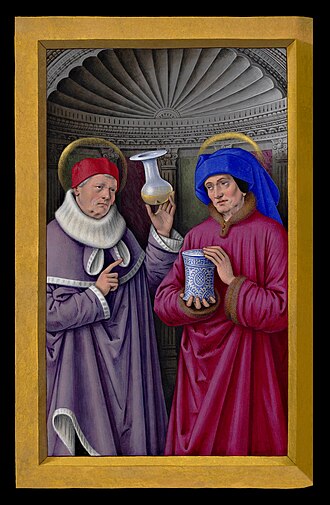
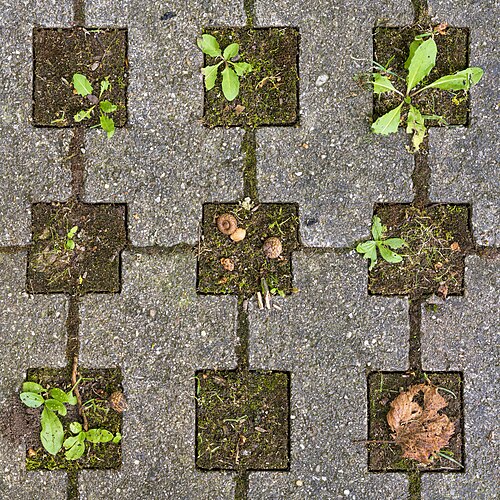
| Picture of the day |
|---|

|
|
Concrete paving with gaps in the parking lot of the city cemetery of Waldenbuch, Germany
|
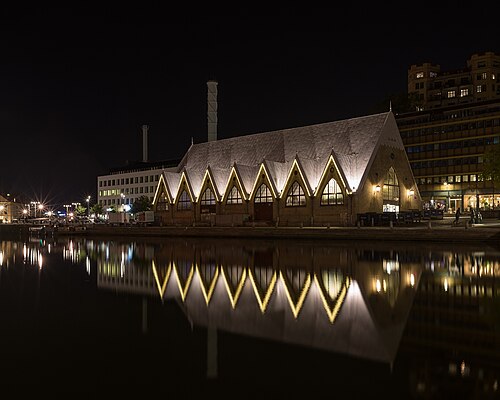
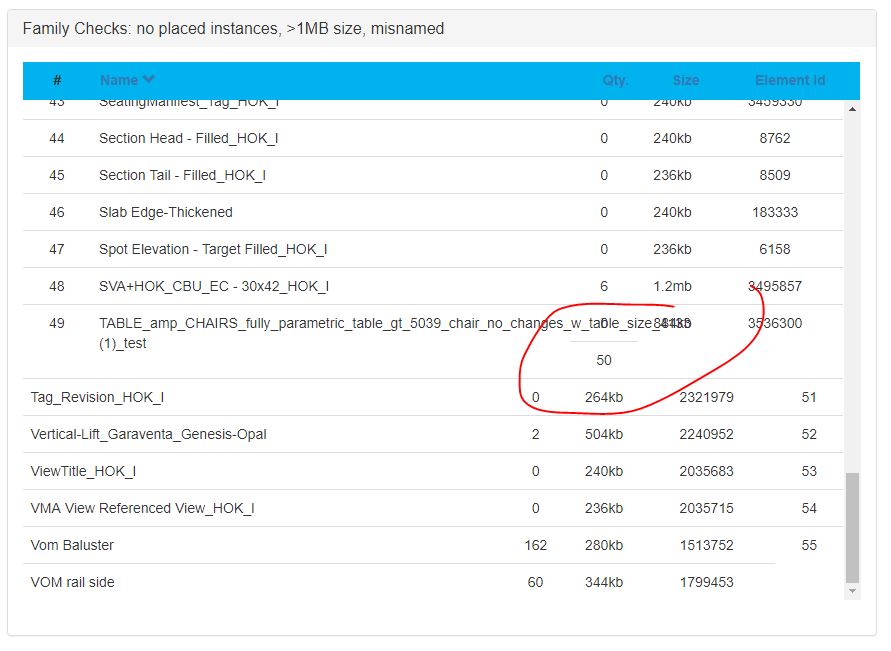
| Picture of the day |
|---|
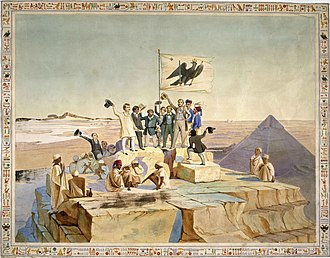
|
|
The participants of the Prussian Egypt expedition on the top of the Great Pyramid, watercolour by Johann Jakob Frey, 1842
|
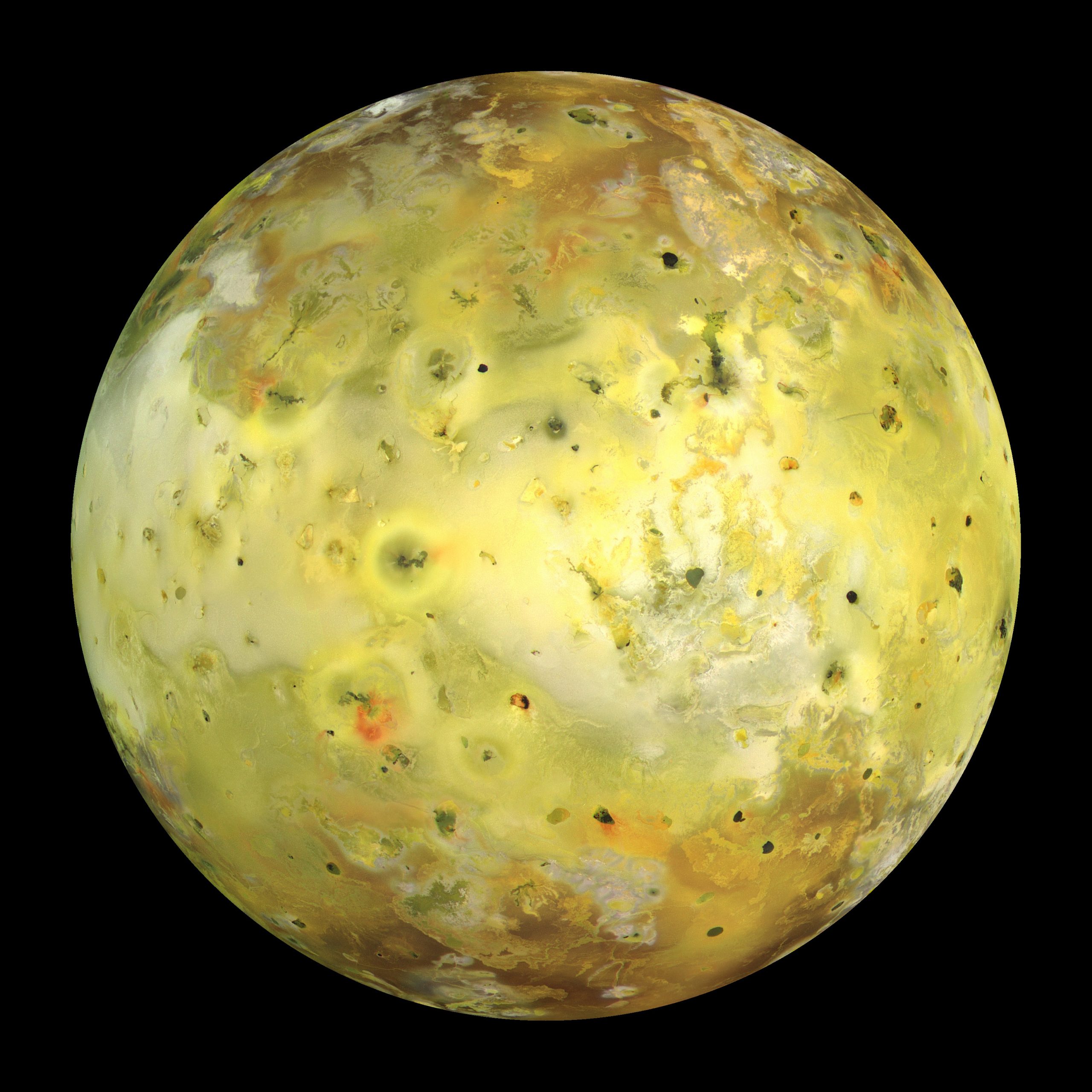
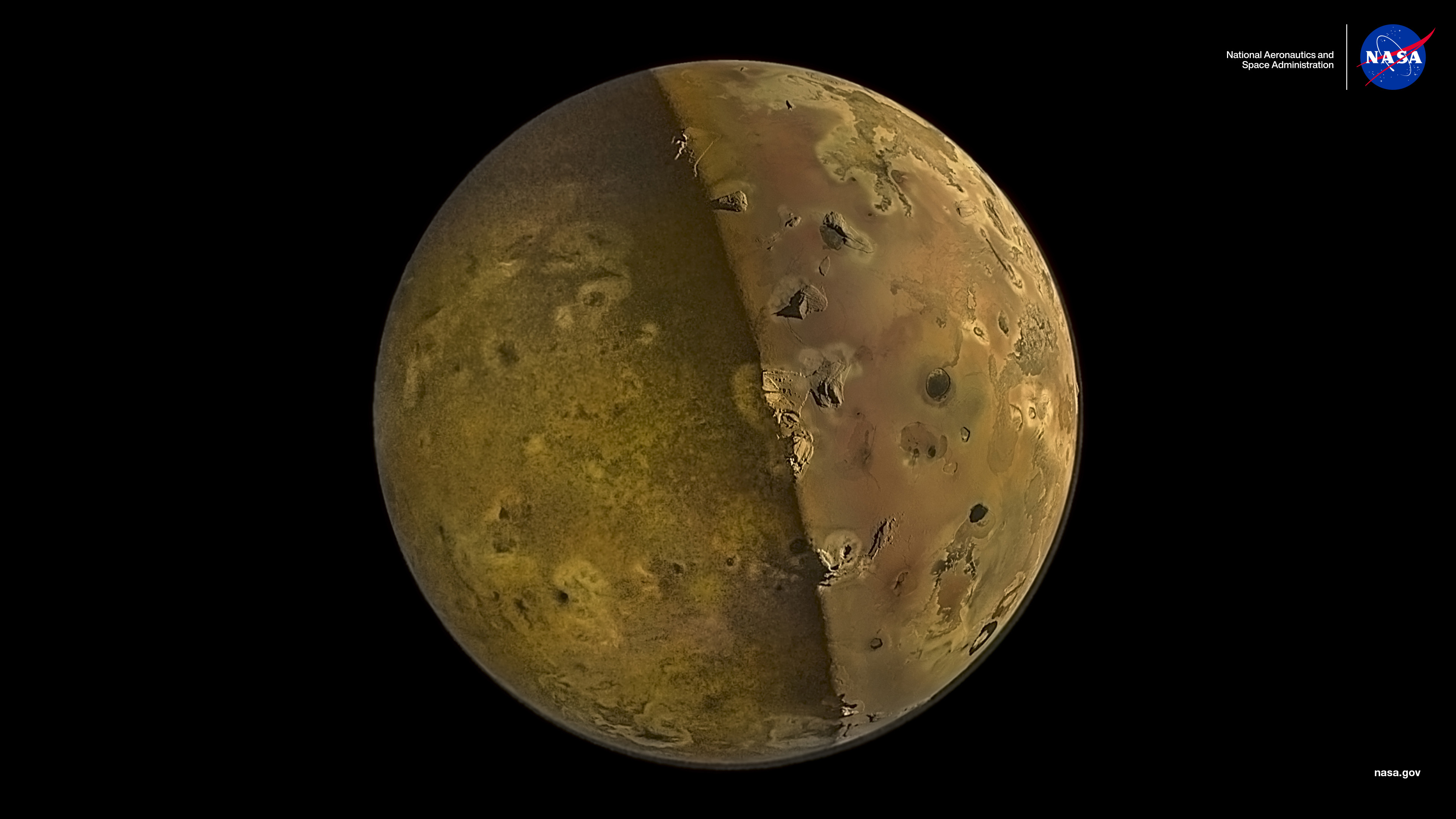
During its close flyby of Jupiter’s moon Io on December 30, 2023, NASA’s Juno spacecraft captured some of the most detailed imagery ever of Io’s volcanic surface. This image is the NASA Science Image of the Month for October 2025.
Read More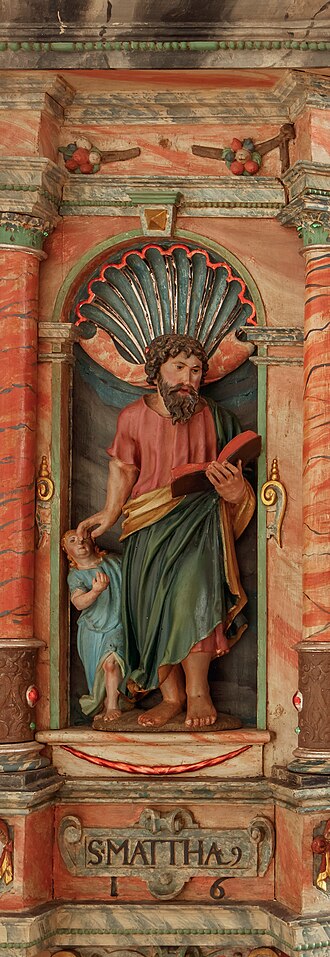


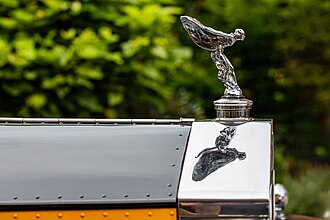
| Picture of the day |
|---|

|
|
Hood ornament “Spirit of Ecstasy” (commonly known as “Emily”) of a Rolls-Royce Phantom II
|


This stunning Earth image taken from the International Space Station looks at a large lake in eastern Kazakhstan with golden sunglint: Lake Balkhash. It is one of the largest lakes in Asia and is the 15th largest lake in the world.
Read More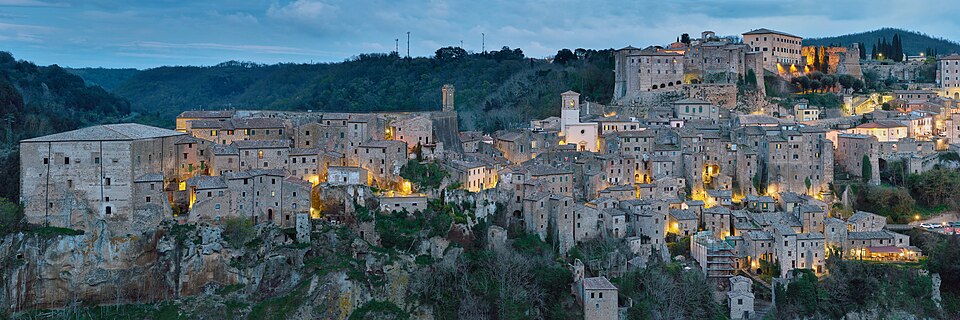
| Picture of the day |
|---|
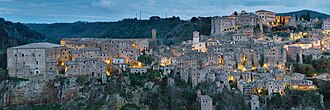
|
|
View towards Sorano – taken from San Rocco viewpoint (W of Sorano) during blue hour
|


A SpaceX Falcon 9 rocket carrying NASA’s IMAP (Interstellar Mapping and Acceleration Probe), the agency’s Carruthers Geocorona Observatory, and National Oceanic and Atmospheric Administration’s (NOAA) Space Weather Follow On–Lagrange 1 (SWFO-L1) spacecraft lifts off from Launch Complex 39A at NASA’s Kennedy Space Center in Florida at 7:30 a.m. EDT Wednesday, Sept. 24, 2025. The missions will each focus on different effects of the solar wind — the continuous stream of particles emitted by the Sun — and space weather — the changing conditions in space driven by the Sun — from their origins at the Sun to their farthest reaches billions of miles away at the edge of our solar system.
Read More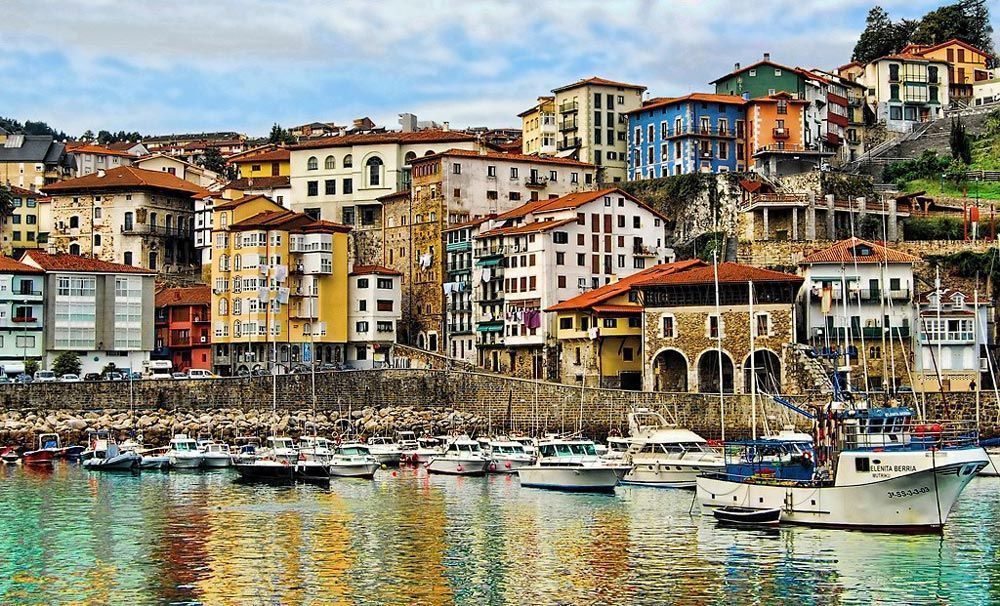
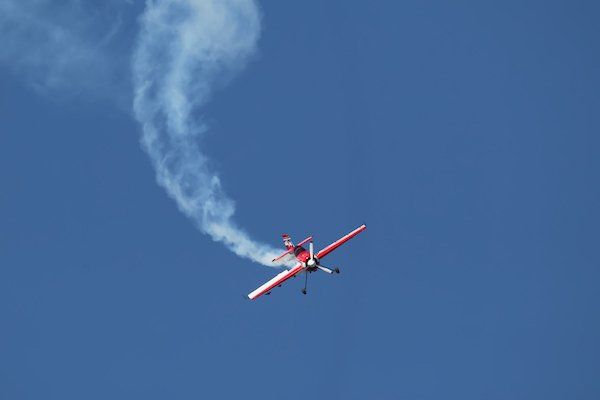
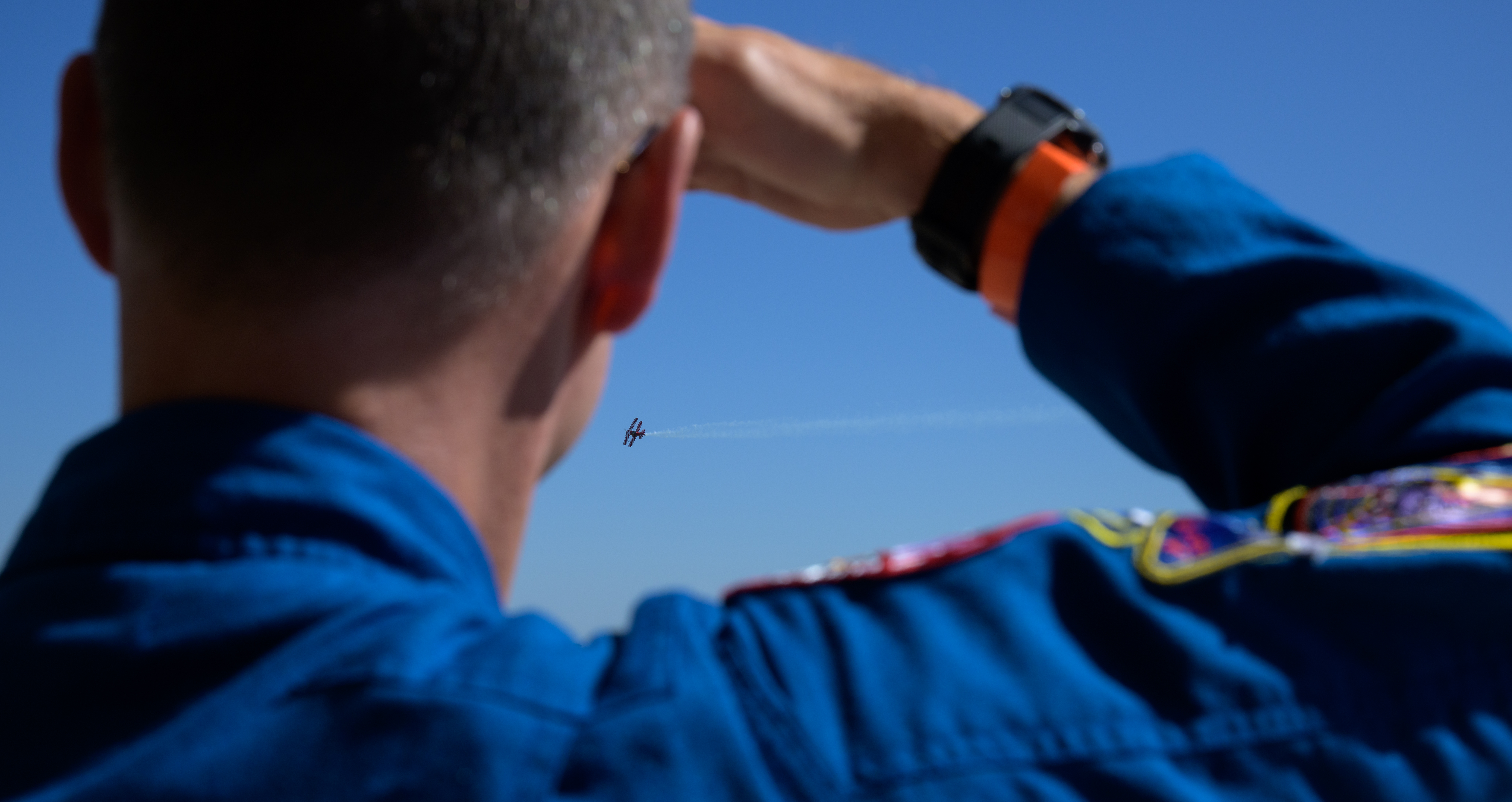
NASA astronaut Nick Hague watches as Robert Schmidle Pitts Aerobatics perform, Friday, Sept. 12, 2025, during the Joint Base Andrews Air Show at Joint Base Andrews in Prince George’s County, Maryland. Hague spent 171 days aboard the International Space Station as part of Expedition 72.
Read More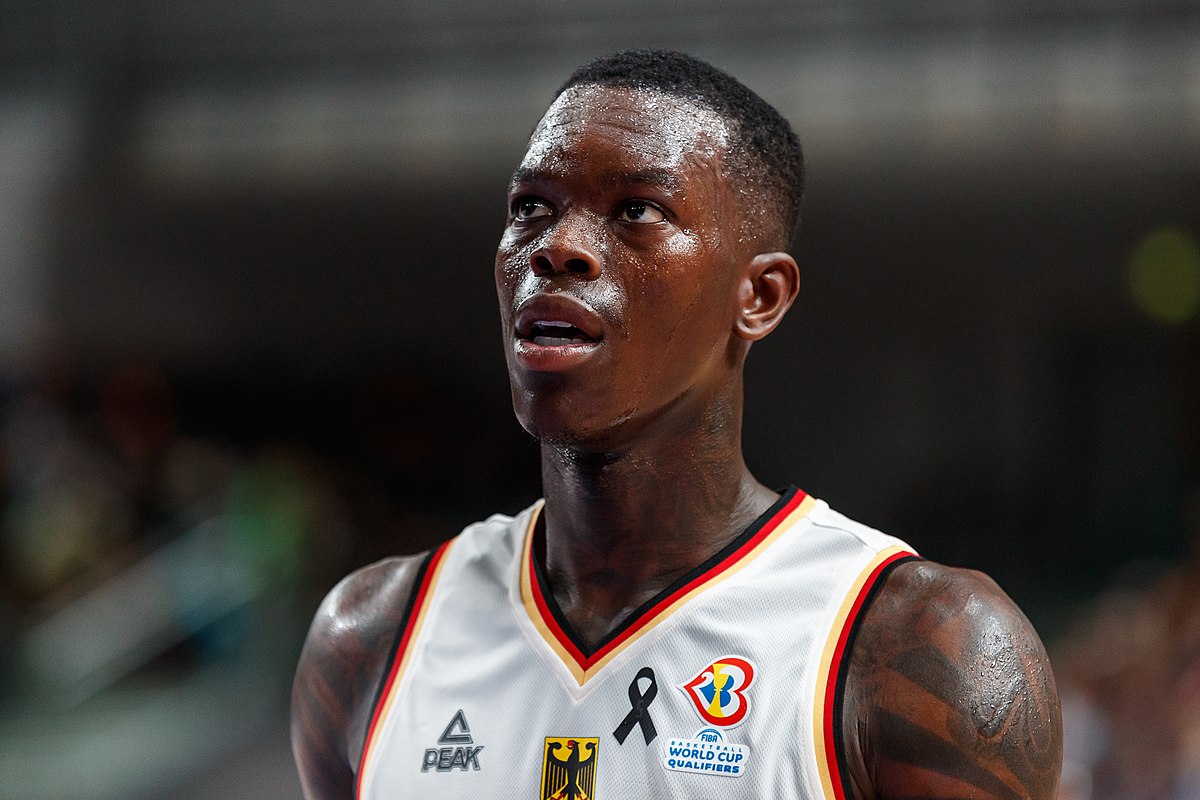
| Picture of the day |
|---|

|
|
Basketball, European Qualifiers, match between Germany and Poland in July 2022: Dennis Schröder (GER, 17). Today is his birthday.
|
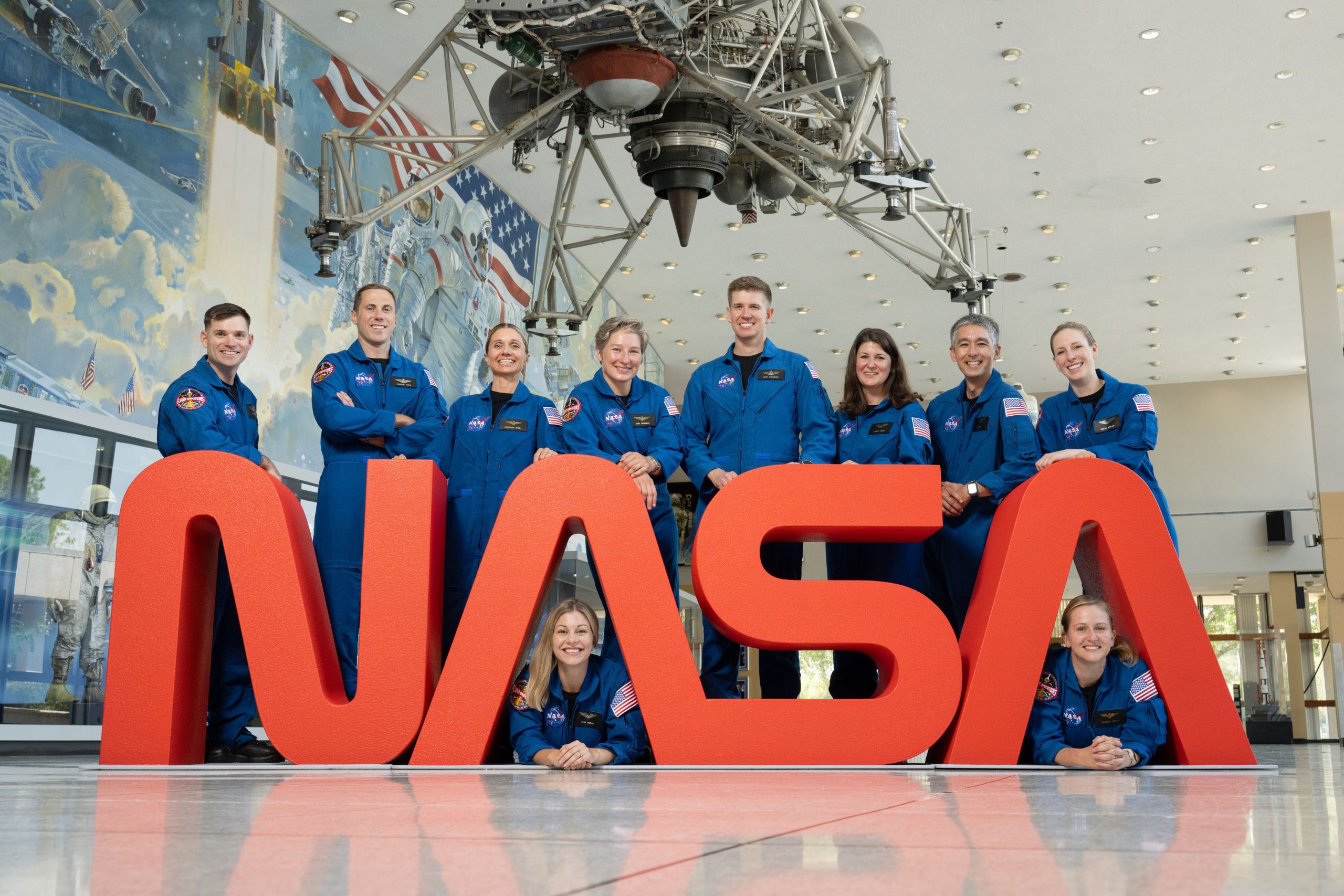
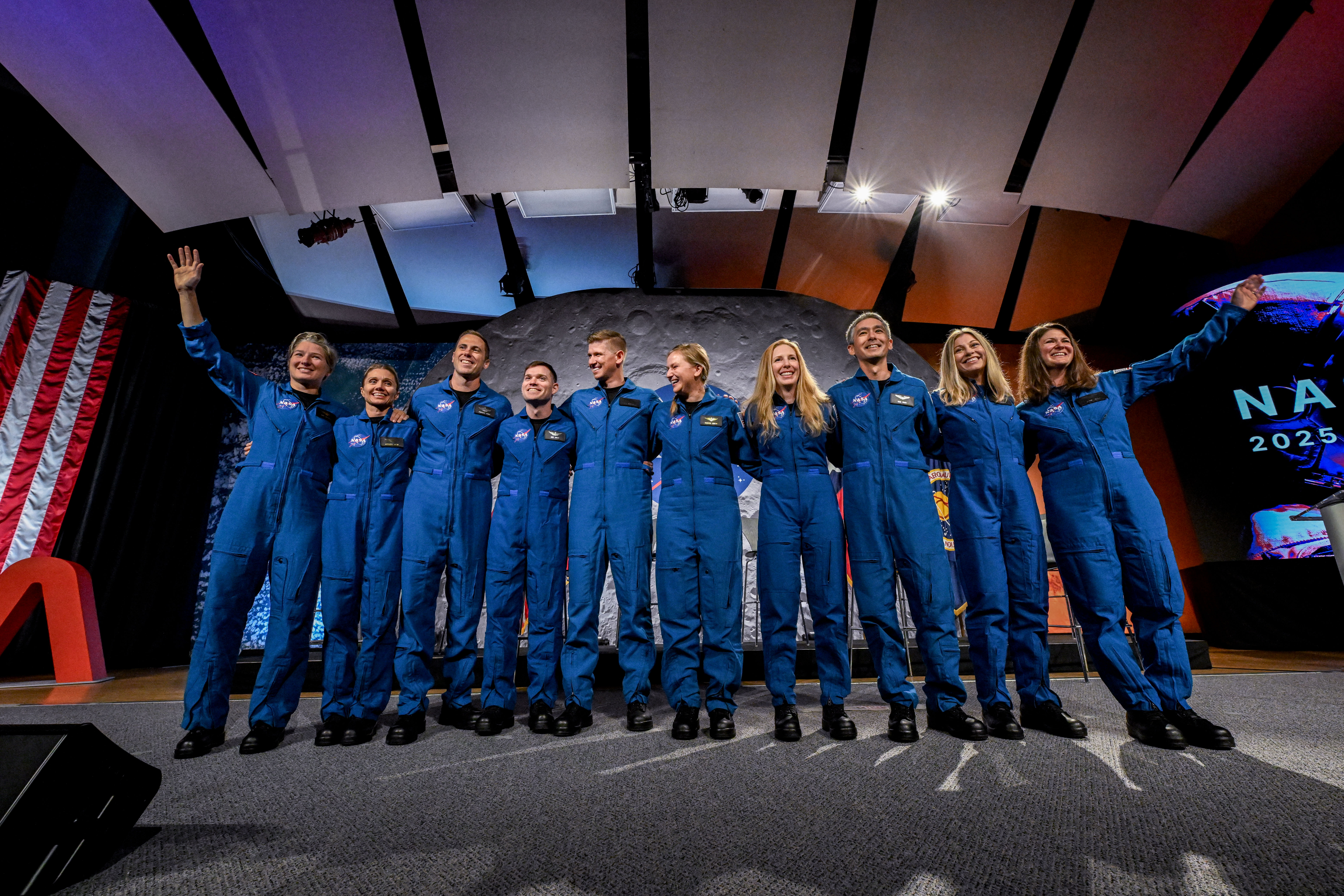
NASA’s 10 new astronaut candidates were introduced Monday, Sept. 22, 2025, following a competitive selection process of more than 8,000 applicants from across the United States.
Read More
| Picture of the day |
|---|
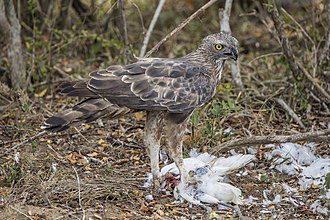
|
|
Crested hawk-eagle (Nisaetus cirrhatus ceylanensis) feeding on an egret in Bundala National Park, Sri Lanka.
|

| Picture of the day |
|---|

|
|
View across Lake Siskiyou in Northern California to Mount Shasta. At 4317 m, the stratovolcano is the second highest peak in the Cascade Range.
|
In this infrared photograph, the Optical Communications Telescope Laboratory at JPL’s Table Mountain Facility near Wrightwood, California, beams its eight-laser beacon to the Deep Space Optical Communications flight laser transceiver aboard NASA’s Psyche spacecraft.
Read More
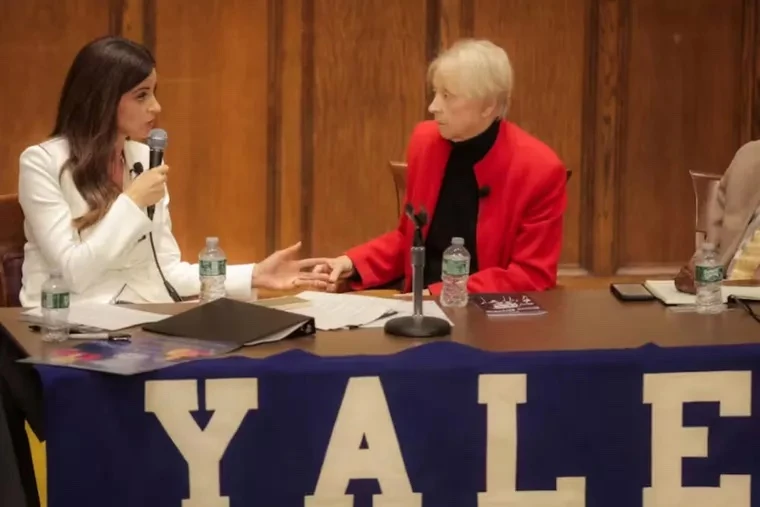

National Catholic Register, Sep 19, 2025 / 10:40 am (CNA).
The news that pro-life activist Lila Rose was declared the winner by students attending a debate earlier this week with an abortion activist at Yale University — a campus not particularly known for its pro-life sentiment — lit up the pro-life corners of the internet.
Rose, the founder and president of Live Action, posted on X following Tuesday night’s debate, which was hosted by the Yale Political Union. She said the event’s organizer was “shocked” after those in attendance voted in favor of the pro-life argument by a margin of 60-31.
Debate just ended.
We won. The room voted for the pro-life side.
Yale organizer was shocked.
Change is here.
Thank you for praying 🙏 pic.twitter.com/fLWtBO80e6
— Lila Rose (@LilaGraceRose) September 17, 2025
For defenders of the lives of unborn babies, it was heartening to see apparent evidence that arguments against abortion are making headway, even at one of the country’s most elite educational institutions.
Rose’s opponent, Frances Kissling, the former head of Catholics for Choice and founding president of the National Abortion Federation, laid bare the diabolical essence of the “pro-choice” argument. An unborn baby may be human, according to Kissling, but a woman should be able to decide whether the child lives or dies.
“We need to begin to think about abortion as a conflict of values. I tend to favor more or think more about the value of women’s lives,” Kissling said.
“I’m not talking about whether they’re going to die or not,” she said. “I’m talking about the fact that they have decisions to make about how they are going to live that life,” Kissling clarified.
Kissling, who is Catholic and had spent two years as a religious sister in a convent, went on to say that abortion should be condoned by what she said is an ever-evolving Catholic Church.
“The idea that Catholicism never changes is not true, even in very serious decisions,” she said. “I was thinking about this. Whatever happened to limbo?”
“I’m in the group of Catholics who look at the idea that even the Catholic Church can change. We learn new things,” she said.
Rose countered by describing what allowing “choice” to trump life really looks like, citing the recent case of a 21-year-old college student whose newborn baby was found dead, wrapped in a towel and stuffed in a closet.
“A child hidden in a closet, his humanity denied. If this does not grieve us, then what will? This is what choice over life looks like when the choice of adults is made supreme,” Rose said.
“What about the child’s choice? That has not been represented here yet tonight. And so let me ask the question here plainly: Should murder be legal? Of course not. Then why do we excuse abortion? Abortion is the direct and intentional killing of an innocent human being,” she said.
Rose called for more federal funding for pregnancy-resource centers, for government-funded cash credits for parents, and for making childbirth free.
“Instead of turning to violence against the most vulnerable as a solution to problems that we face, instead, we should be a society that uplifts, that makes life better for the vulnerable, that focuses our energy and our efforts and our organizations and our resources on supporting women and young families and children,” Rose said.
At the conclusion of the debate, Kissling revealed that at the heart of her position is a concession that an unborn child is, in fact, a human being.
Kissling then presented the argument put forward by adherents of utilitarian moral theory that an action can be justified if it leads to the “happiness” of the greatest number of people.
The abortion activist suggested considering a “thought experiment” involving a situation in which there is a fire in a building, and one is faced with deciding whether to rescue a poor family of six or a doctor who was about to come up with a cure for cancer.
“I’m asking you to think for yourself about how much you really believe and how much you act and how all our governments act within the principle of ‘every single life [has equal value],’” she said.
“The greatest good for the greatest number of people. Good principle. Do you save the family of six or do you save the doctor? That’s it,” she said.
Following the debate, Sabrina Soriano, a junior and art history major at Yale, said she thought Rose was the clear winner.
“I think Lila definitely just swept the floor and took the trophy prize because she came in with a sense of humility, and also with a deep sense of wanting to do justice to the Church in general, and also to the unborn.”
“I think regardless of if you were pro-choice, you understood that the argument [Kissling made] was weak, and it was based on more of a crowd-surfing or sentimentality rather than the facts,” said Soriano, who is Catholic and a member of the campus pro-life group, as were many students in attendance.
Kylyn Smith, a 19-year-old senior and double major in physics and economics, told the National Catholic Register, CNA’s sister news partner, that while there was a strong contingent of pro-life advocates in the audience, Rose bested Kissling in the debate fair and square.
“Lila Rose valiantly defended the pro-life position with a secular, logical argument centered on the humanity of the unborn child. It was incredible watching her speak just as incisively and coherently live and in person as on her videos,” Smith said.
“Passion from attendees of all opinions quite literally rang throughout the auditorium, from hissing in disagreement to stomping in support. Ms. Rose’s cogent reasoning stood in stark contrast to the often-contradictory statements of the other guest, solidifying Lila’s win.”
This story was first published by the National Catholic Register, CNA’s sister news partner, and has been adapted by CNA.
Read More

The Milky Way appears above Earth’s bright atmospheric glow in this photograph from the International Space Station as it soared 261 miles above southern Iran at approximately 12:54 a.m. local time on Aug. 23, 2025.
Read More
| Picture of the day |
|---|

|
|
Northwest view up to the pediment, rotunda, and dome of the California State Capitol in Sacramento. California was admitted as the 31st state of the Union 175 years ago today.
|
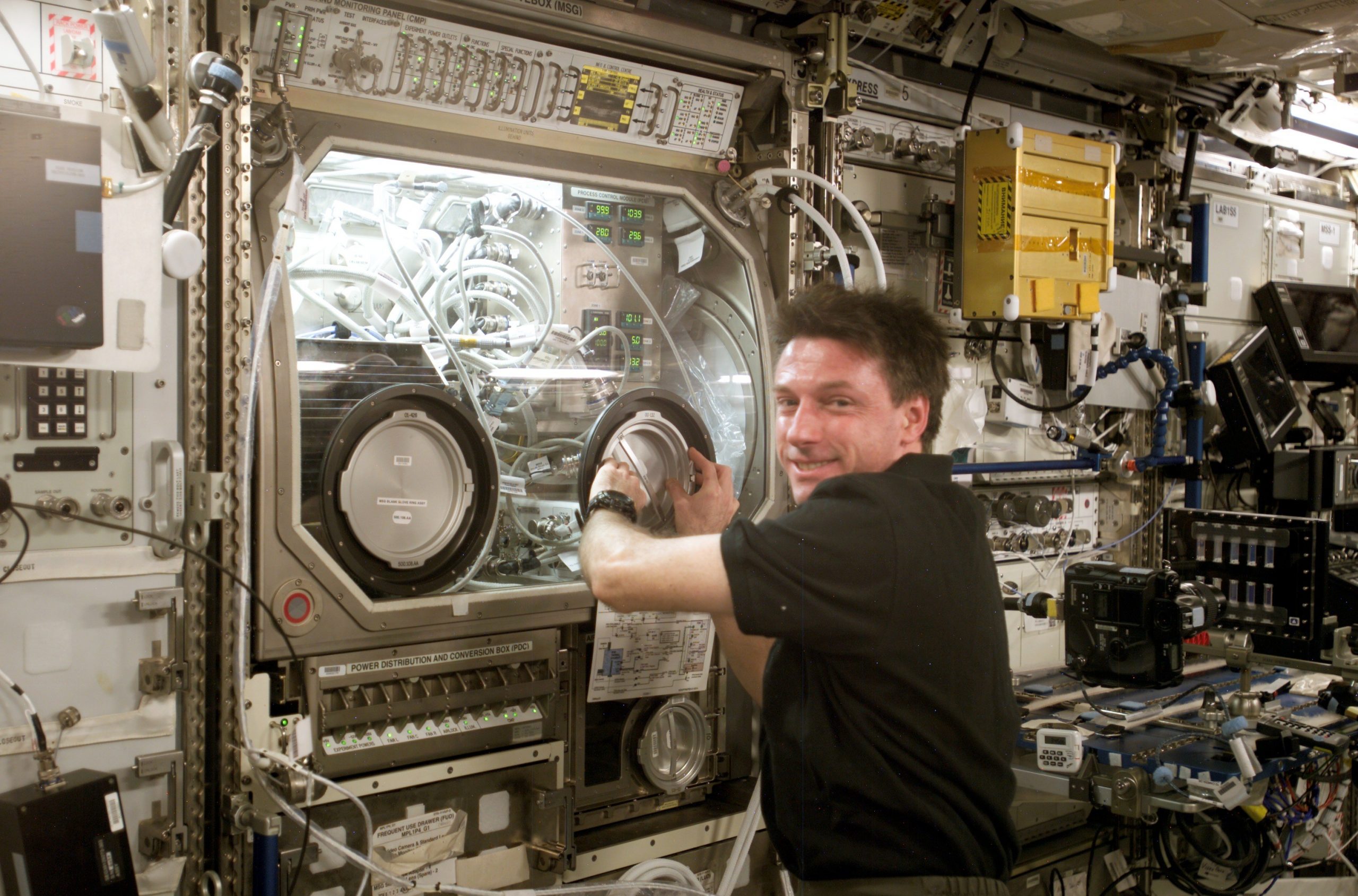

NASA astronaut Zena Cardman processes bone cell samples inside the Kibo laboratory module’s Life Science Glovebox on Aug. 28, 2025.
Read More
| Picture of the day |
|---|
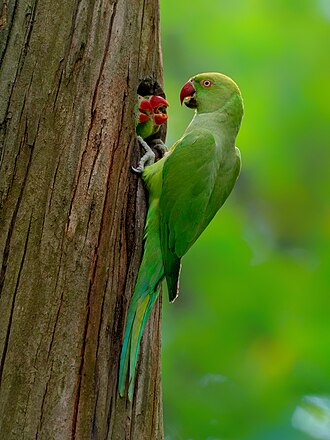
|
|
A Rose-ringed parakeet (Psittacula krameri) and her two chicks in a tree hole, National Botanical Garden, Dhaka, Bangladesh.
|


Westerlund 1 is the biggest and closest “super” star cluster to Earth. Data from Chandra and other telescopes are helping astronomers delve deeper into this galactic factory where stars are vigorously being produced. Observations from Chandra have uncovered thousands of individual stars pumping out X-ray emission into the cluster.
Read More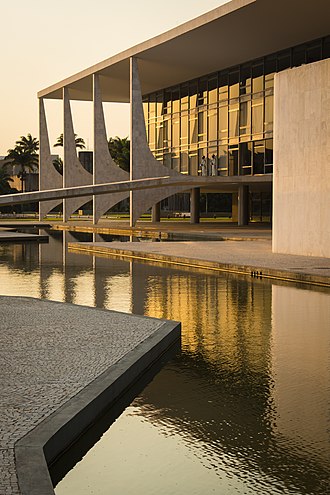


NASA astronauts Matthew Dominick (left) and Mark Vande Hei (right) prepare to fly out to a landing zone in the Rocky Mountains as part of the certification run for the NASA Artemis course at the High-Altitude Army National Guard Aviation Training Site in Gypsum, Colorado, Aug. 26.
Read More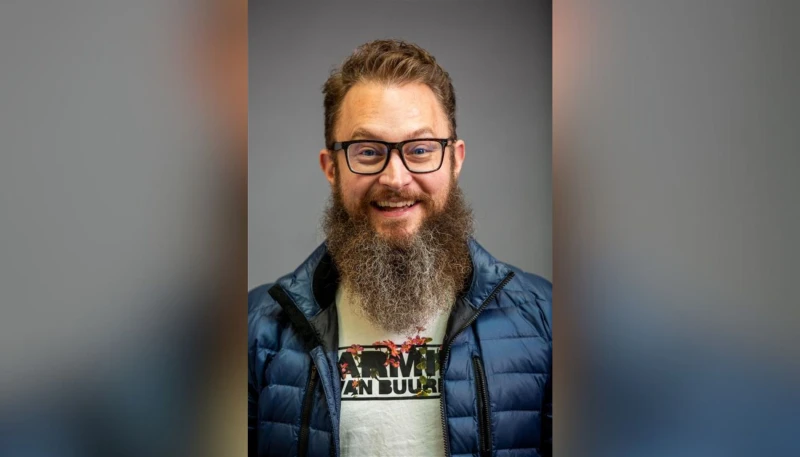

Washington, D.C. Newsroom, Sep 15, 2025 / 15:36 pm (CNA).
The Catholic University of America (CUA) announced that Taylor Black, director of artificial intelligence (AI) at Microsoft, will lead a new institute on emerging technologies and AI at the Washington, D.C.-based university.
At the technology conglomerate, Black serves as the director of AI and venture ecosystems in the Office of the Chief Technology Officer. In the role, he designs and leads cross-company initiatives that integrate innovation, product development, and community engagement to foster the next generation of technologies. He will remain in the position but plans to travel regularly to CUA’s campus.
“Taylor’s background in innovation, AI, and entrepreneurship; studies in philosophy and law; and his formation as a deacon candidate make him the ideal person for this new venture,” H. Joseph Yost, senior vice provost of research for CUA, said in a statement. “From our first conversation, we knew he was the person we wanted to lead Catholic University’s expansion of AI programs and innovation.”
Black received an undergraduate degree in philosophy and classics from Gonzaga University and a master’s degree in philosophy and a law degree from Boston College. His career took off after he created a successful web development business while still in school. He went on to hold consulting, business development, and venture positions before joining Microsoft in 2021.
While working in the technology field, Black said he has noticed an increase in questions related to human dignity from his secular colleagues. The new institute will work to tackle some of the concerns by pursuing innovation in AI and engaging in dialogue about human issues central to the Catholic Church.
“The Church has been trying to get people to ask the question ‘What does it mean to be human?’ for a very long time. Now a bunch of people are asking it unprompted,” Black said in an interview with CUA. “This lends itself to addressing the gaping hole in understanding what people should know about what it means to be human in a deeper way.”
“Universities are for the formation of human persons. If you’re well-formed, you generally do a better job in the workplace,” Black said. He is interested in “how we reinvigorate the heart of what the university is — its human formation roots — while still providing the tools and training necessary from an entrepreneurial perspective to take this new economic paradigm in stride.”
The new AI initiative will bring faculty together from multiple departments including engineering, business, science, art, philosophy, and theology to engage collaboration within as well as outside the university.
The new institute follows a number of other advances at CUA. Earlier this year, the university achieved R1 status, which placed it among the top 5% of universities nationwide in terms of research funding and doctorates.
Read More
| Picture of the day |
|---|

|
|
A Formula One car Cooper T53, built in 1961 by the by British motorsport team Cooper for sales. The picture was taken in 2023, during a historic race at Donington Park, England.
|

| Picture of the day |
|---|

|
|
Kalahari lion (Panthera leo) male cub, four months old, in the Tswalu Kalahari Reserve, South Africa Shortly after feeding on eland with the rest of the family.
|


The Sun blew out a coronal mass ejection along with part of a solar filament over a three-hour period on Feb. 24, 2015. While some of the strands fell back into the Sun, a substantial part raced into space in a bright cloud of particles (as observed by the NASA-ESA Solar and Heliospheric Observatory spacecraft). Because this occurred way over near the edge of the Sun, it was unlikely to have any effect on Earth.
Read More

NASA’s James Webb Space Telescope captured newborn stars forming in clouds of dust and gas (colored golden and orange in this image) in a star-forming region called Pismis 24.
Read More
| Picture of the day |
|---|

|
|
Photographic art based on the lights of a Ferris wheel on the Herbstsend in Münster, North Rhine-Westphalia, Germany
|
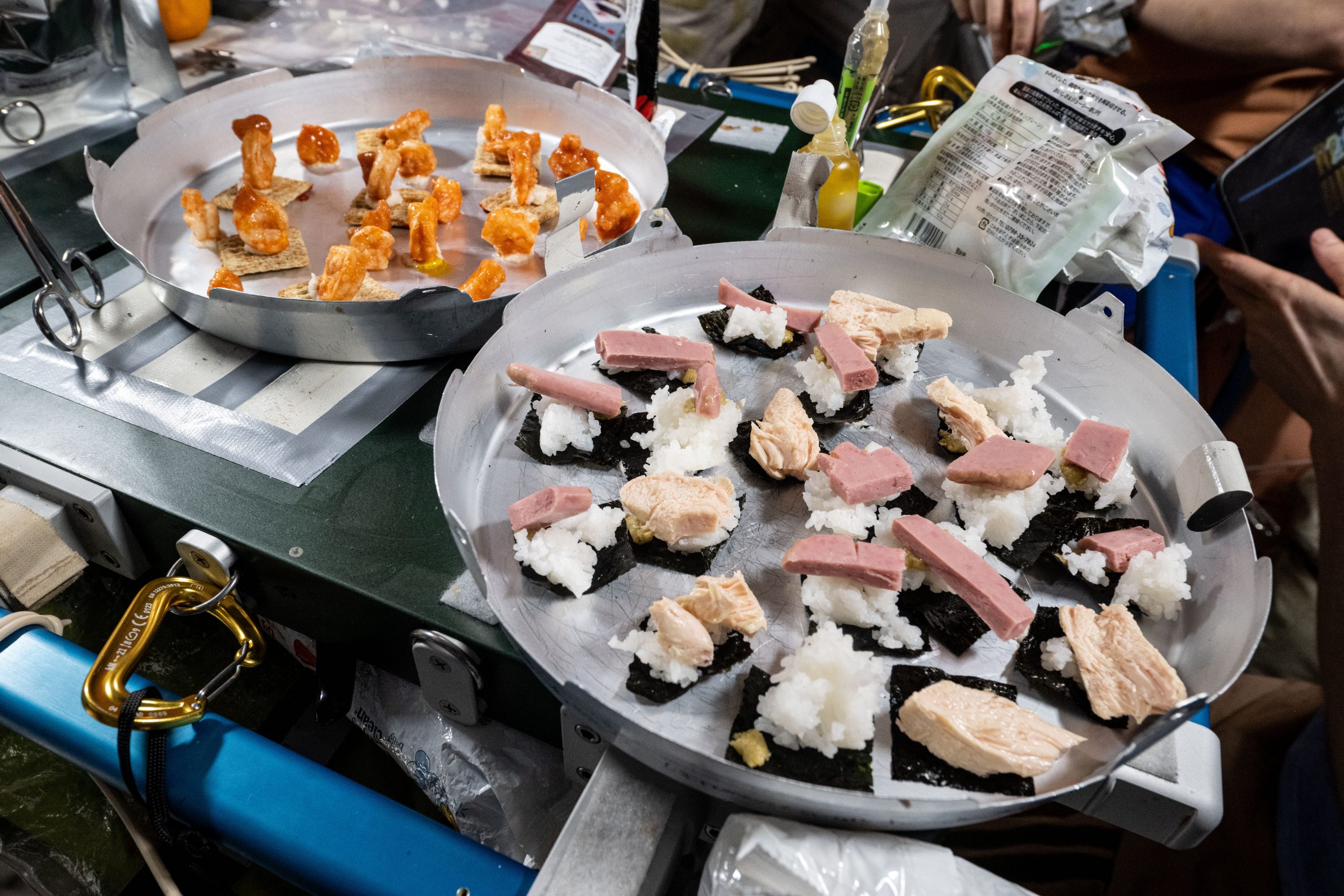
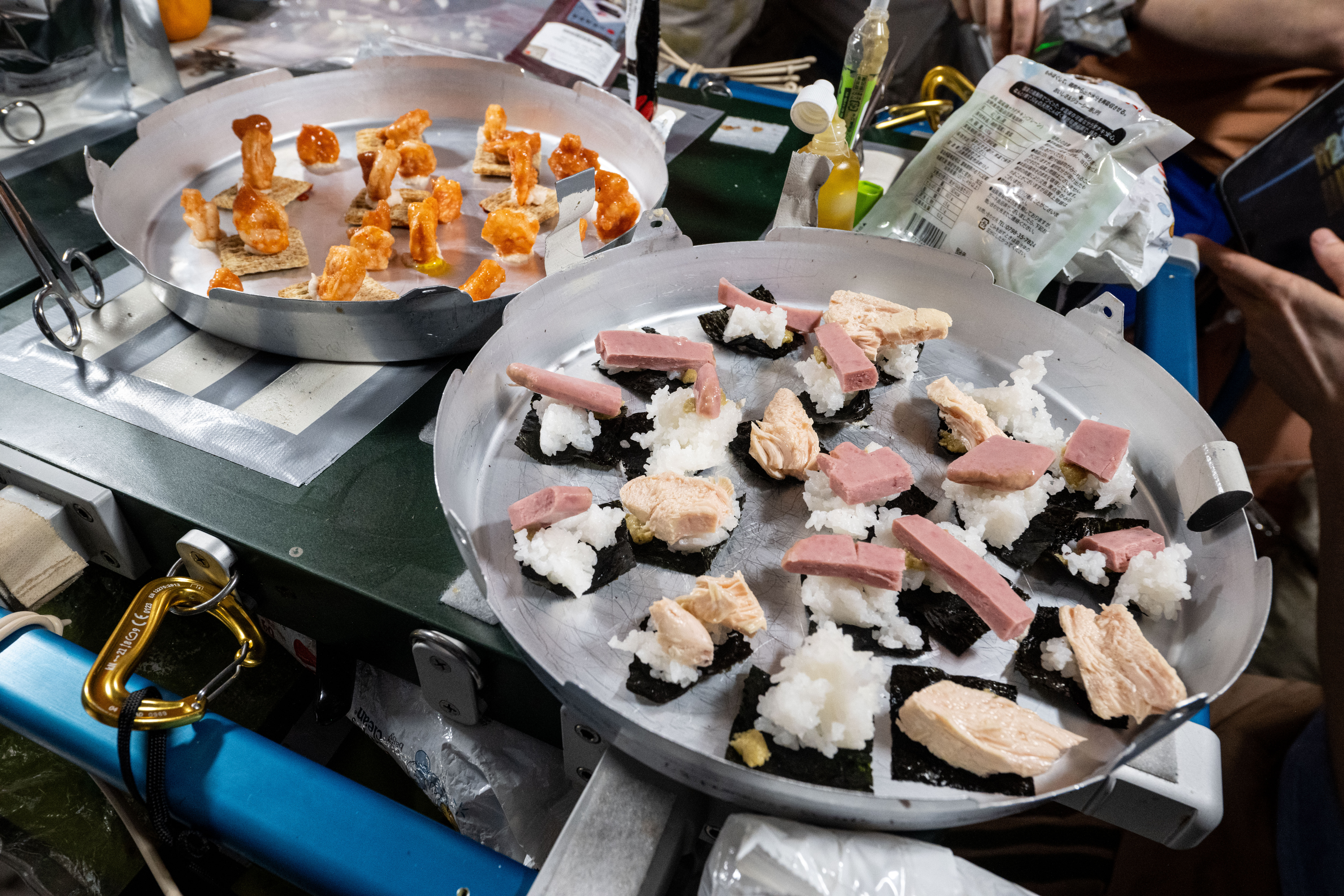
Dinner is served aboard the International Space Station! One tray features shrimp cocktail on whole grain wheat crackers, while the other holds sushi made with seaweed, Spam, tuna, and rice.
Read More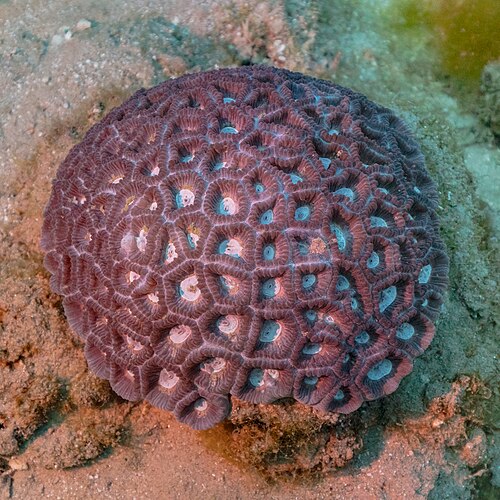
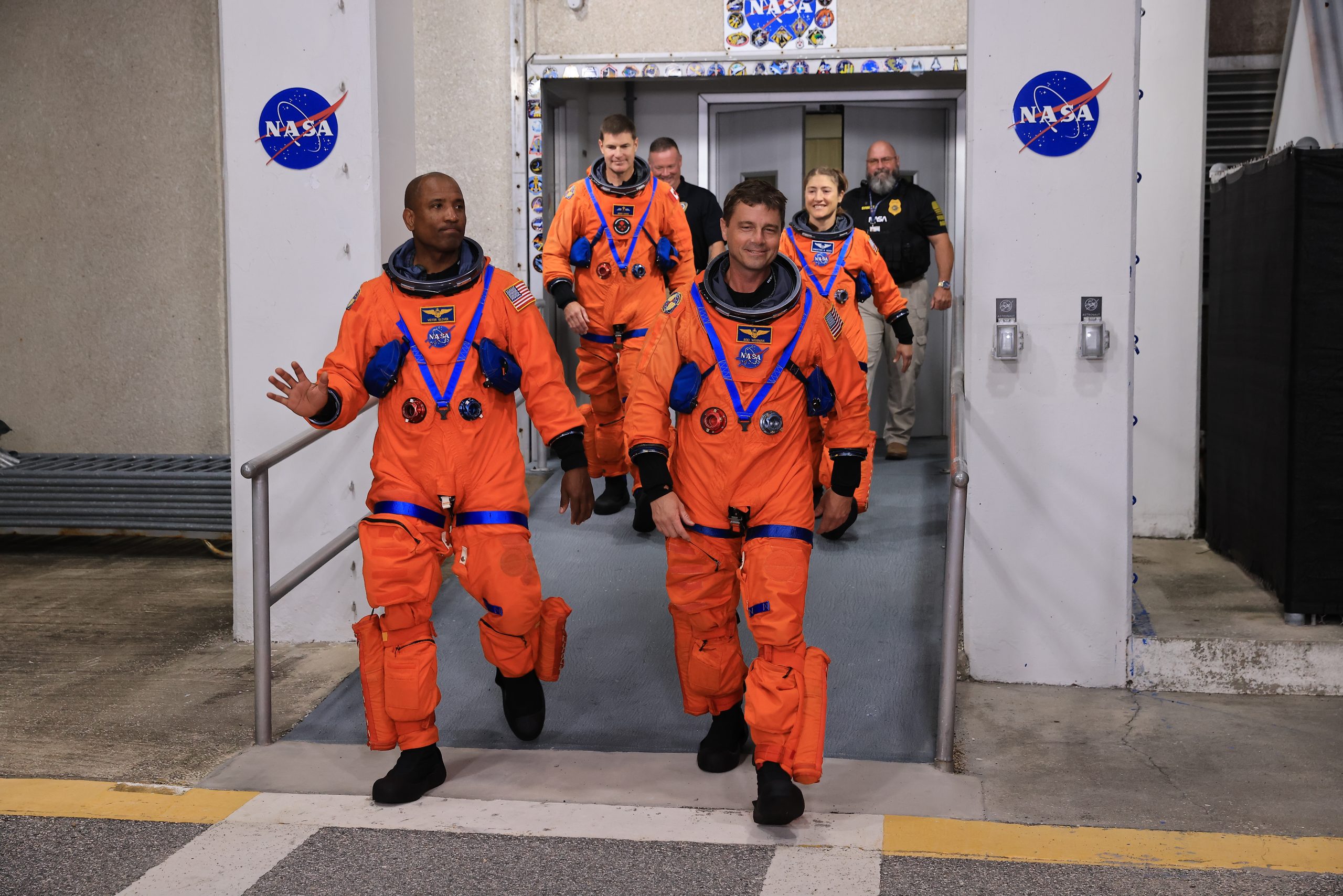
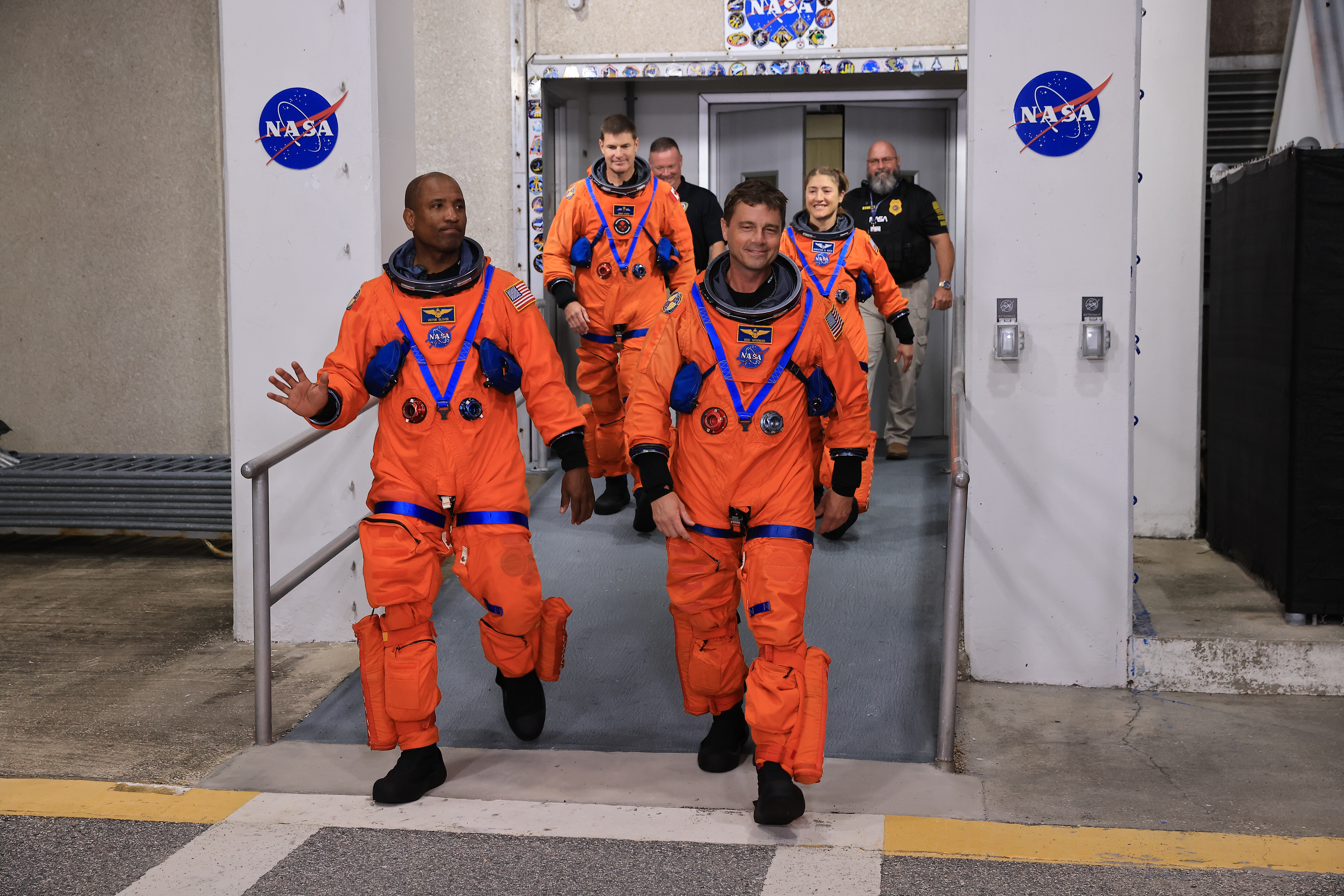
From left to right, NASA astronauts Victor Glover, Artemis II pilot; Reid Wiseman, Artemis II commander; CSA (Canadian Space Agency) astronaut Jeremy Hansen, Artemis II mission specialist, and NASA astronaut Christina Koch, Artemis II mission specialist, suit up and walk out of the Neil A. Armstrong Operations and Checkout Building at NASA’s Kennedy Space Center in Florida on Monday, Aug. 11, 2025. During a two-day operation, the Artemis II team practiced night-run demonstrations of different launch day scenarios for the Artemis II test flight.
Read More
| Picture of the day |
|---|

|
|
Formula 1, Dutch Grand Prix 2024: Carlos Sainz jr (ESP, Scuderia Ferrari). Today is this year’s Grand Prix.
|
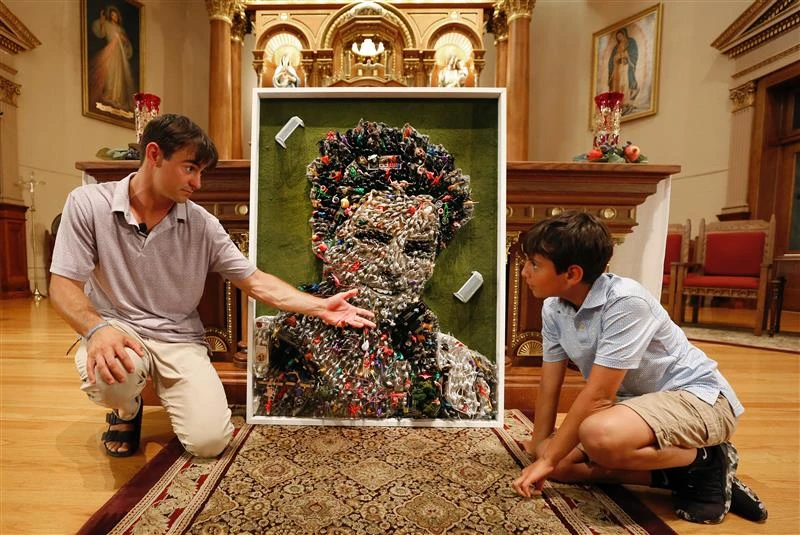

Washington, D.C. Newsroom, Sep 9, 2025 / 10:00 am (CNA).
As the faithful continue to celebrate the canonization of St. Carlo Acutis, a 1,000-piece mosaic portrait of the new saint made of toy soldiers, Pokémon, shoelaces, and other surprises hangs in Rome.
After artist Johnny Vrba heard about Acutis, he was inspired to create a portrait of the saint out of recognizable items that visually tell his story. Vrba has now crafted and presented two portraits of Acutis to help young Catholics learn about the first millennial saint.
“Every figure, every toy, every single thing that is glued on the piece has a meaning and a purpose,” Vrba told CNA. “It’s all on there for a reason. Every single one of them is numbered, just like Scripture says: ‘He hasn’t just counted them, because he’s numbered us. He’s numbered the hairs on our heads.’”

Vrba was raised Catholic but didn’t completely commit to his faith until an unexpected trip established his relationship with Christ.
In 2020, Vrba was on a study abroad trip sailing to Shanghai, China, when the COVID-19 virus broke out. “The voyage did not go as planned, but during that uncertain time I actually met the Lord for the first time in a really powerful way.”
After the experience, Vrba got involved in missionary work, was in school, and created a bit of art on the side. He had always enjoyed painting and building small toys and thought: “I wonder if there’s a way to combine drawing, painting, and this sculptural component.”
Vrba put faith and art together to create a couple portraits of Jesus with the Crown of Thorns. One is made of wine corks to represent Jesus’ miracle in Cana, and the other is crafted of toy soldiers. Then a friend of Vrba’s told him about Acutis, inspiring the next steps for the young artist.
“I’d never heard of Carlo Acutis. He was totally under my radar,” Vrba said. “Then I researched him and thought: ‘He has some very similar things to my own story and synchronicities.’ Like bringing his parents to the faith and bringing them to Mass. Then being into technology and filming and animals, like his dogs and cats. He’s just such an ordinary, but extraordinary, saint.”

“I started dreaming about what a piece could look like,” Vrba said. He decided his next sculpture would be an image Acutis made of toys, because “Carlo would have played with video game controllers, and played Pokémon and Mario.”
Creating the mosaic was no simple task. Vrba had to track down thousands of quality soldiers and toys, paint them, and meticulously glue each one in place. The result was the 45-pound mosaic called “The First Millennial Saint.”
“Every toy has a meaning and a purpose,” Vrba said. Many of the soldiers are turned facing a figure of the crucifixion to represent “the culture of death.” They are “flaccid, boring, colored, gray, white, and black figures that are all pointing at the cross — pointing at Jesus.”
There are also colorful soldiers that are “outward-facing, evangelizing, and filled with the joy of the Gospel.” The 163 colorful figures represent Christians who are fighting against the culture of death and also the 163 Eucharistic miracles Acutis documented on his website.
The sculpture also has dozens of hidden “Easter eggs” that viewers might just miss, including a dolphin and various Pokémon characters hinting at Acutis’ favorite animal and favorite game. The background is even a soccer field to represent his love for the sport.
“People really gravitate towards the computer desk setup. It has a saxophone, the Bible, a world map, a little soda, and his dogs and cats around him where he would have worked at his little station. It blends right in with the piece, you would never even know, but when you turn your head sideways you can see it.”
“Then both of the miracles are incorporated,” Vrba said. The miracle of Mattheus, a young boy from Brazil who was healed from a birth defect that caused him difficulty eating is represented with small steak and french fry figurines, because it was the first meal he was able to consume after his mother asked Acutis to intercede for her son.
The sculpture includes a bicycle to represent the miracle that saved Valeria Valverde, a young Costa Rican woman who suffered a serious head injury from a bike accident in Florence. The toy bike is “placed on Carlo’s head where she cracked her head and suffered brain hemorrhaging.” After her mother prayed at Acutis’ tomb, she made a complete recovery.

Vrba created the original mosaic for Acutis’ mother, which he planned to give to her during a meeting at Acutis’ canonization in April. After it was postponed due to Pope Francis’ death, the meeting was unfortunately canceled. Since the piece had already traveled to Italy, Vrba decided to take it to the church where Acutis is buried in Assisi.
The sculpture traveled around the city where Vrba showed it to pilgrims and placed it in spots Acutis once stood himself. After gaining traction on its journey, it was acquired by and placed in the Vatican’s youth center.
While in Assisi, Vrba also met a number of parishioners of St. Carlo Acutis Parish in Chicago — the only church in the United States named after Acutis. One parishioner commissioned a replica of the piece that Vrba created with even more details than the original.
Inspired by Acutis’ quote “We are all born originals, but many of us die photocopies,” Vrba ensures each work of art, even replicas, are different. “I want to make every piece unique, because every person is unique. Die as an original, not as a photocopy.”
Vrba presented the original during the Jubilee of Youth and the replica to kids at St. Carlo Acutis Parish. When kids see the sculpture Vrba loves that they realize “each figure on the piece has a special mission, and each one of us in the Church [has] a special mission. We are made for a purpose. We are the lifeblood of the Church.”
“I want to make art that people don’t just look at but look into. And it’s the greatest joy in my life when kids come up to it and they’re able to touch things, push buttons, and they can get their hands on it, interact with it. I love seeing them look into it.”
Vrba is currently working on four pieces that will be shown at Miami Art Week in December, including portraits of St. John Paul II and newly canonized St. Pier Giorgio Frassati. Vrba’s art will be one of the very few, if not the only, religious pieces at the mostly secular show.
“Then the goal would be to use those pieces at school parishes, stand-alone parishes, churches, and any Catholic missions to preach the lives of the saints.” He added: “The mission is to speak and evangelize, and especially, convict the universal call to holiness in an artistic way … using the commonplace household items and toys that people recognize.”
Read More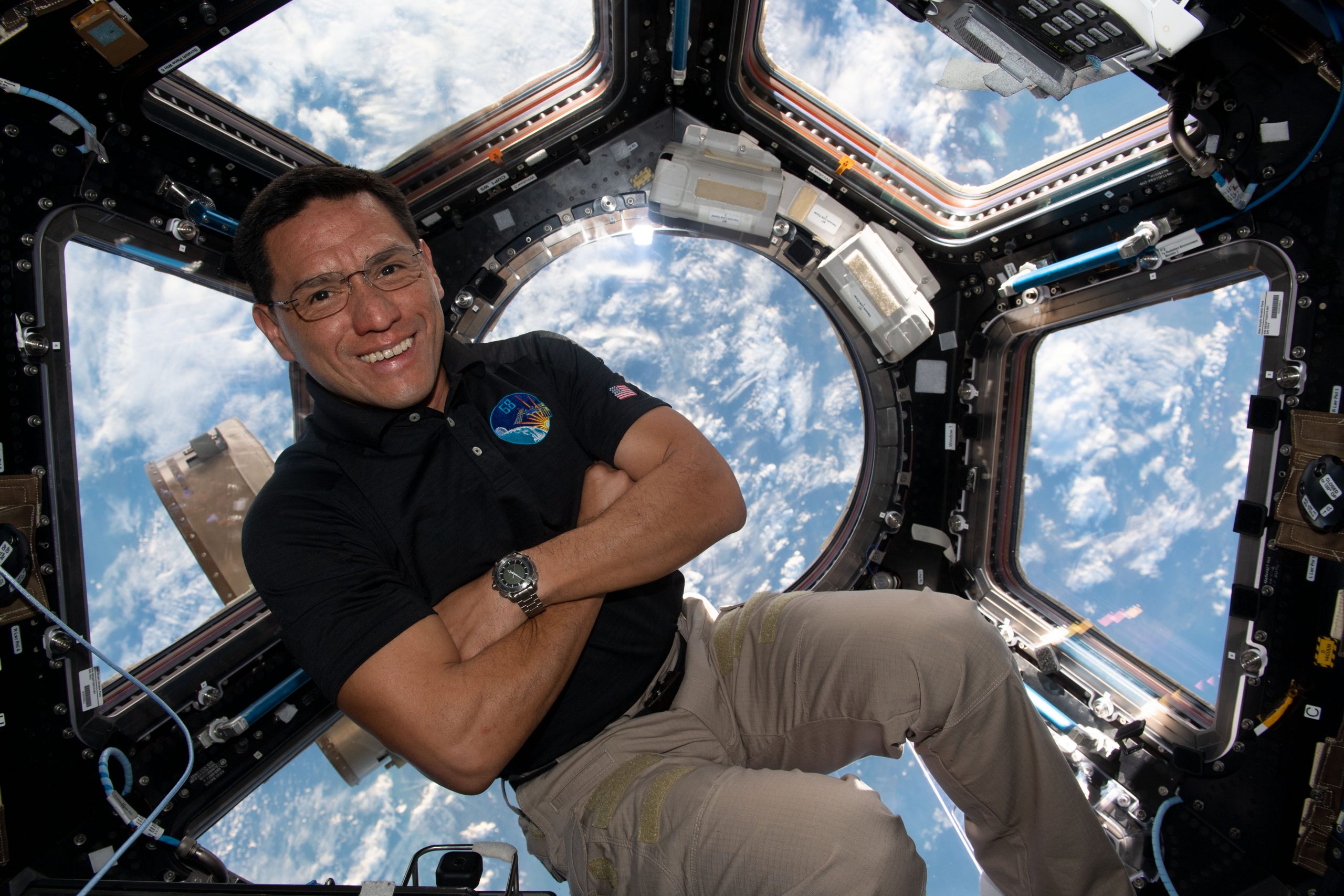
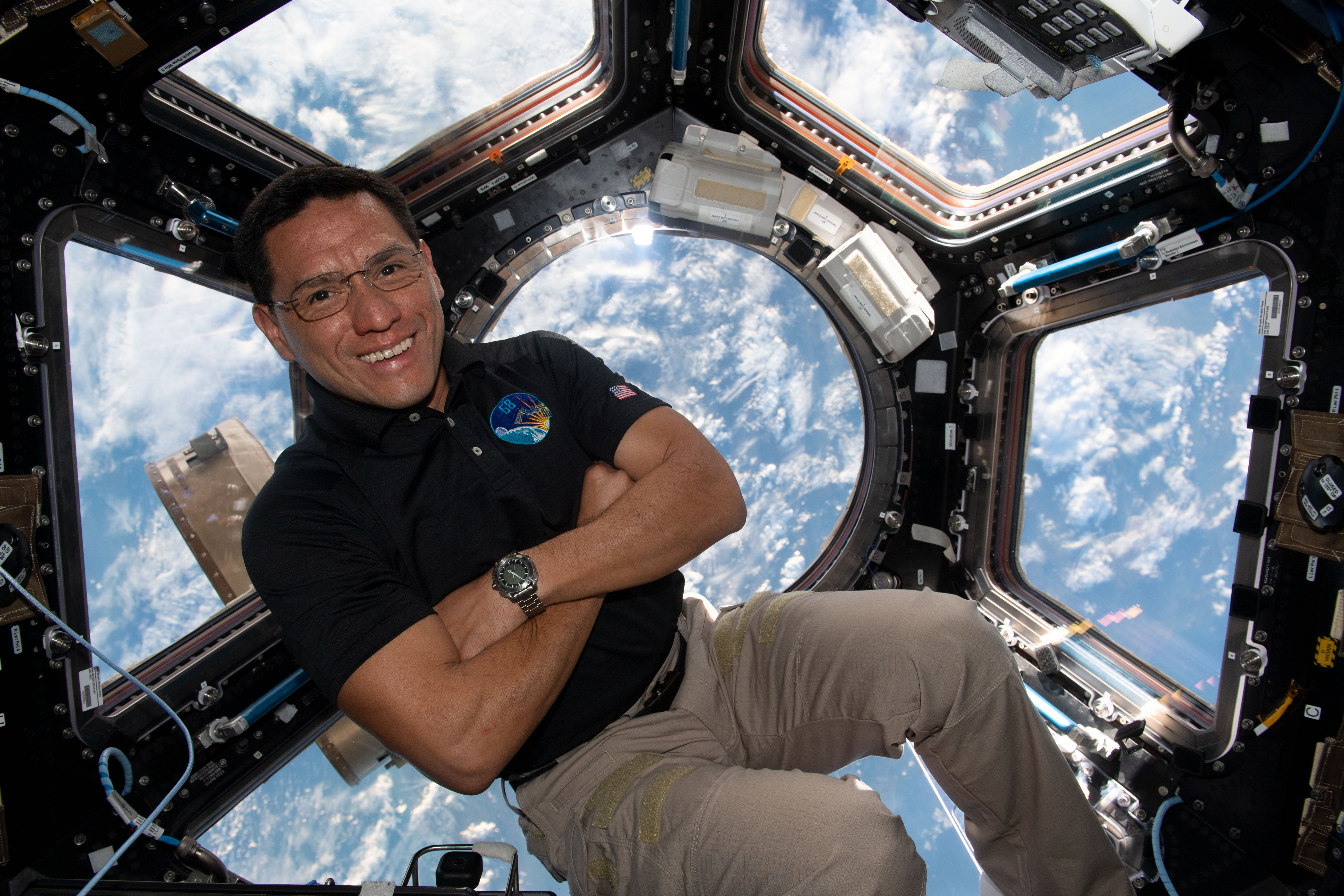
NASA astronaut and Expedition 68 Flight Engineer Frank Rubio is pictured inside the cupola, the International Space Station’s “window to the world,” as the orbiting lab flew 263 miles above southeastern England on Oct. 1, 2022.
Read More

